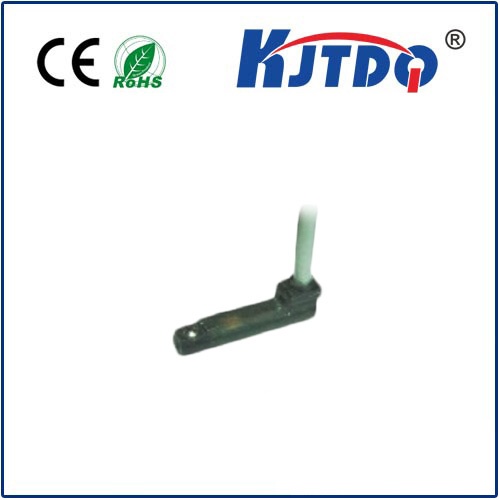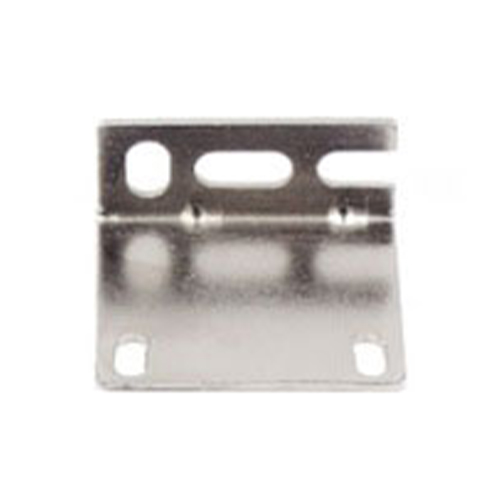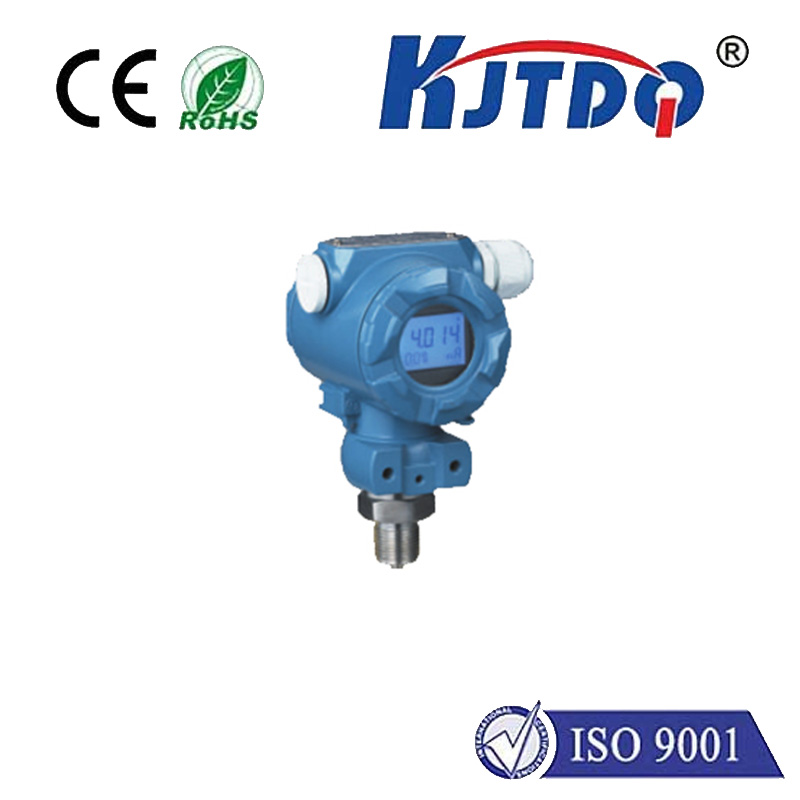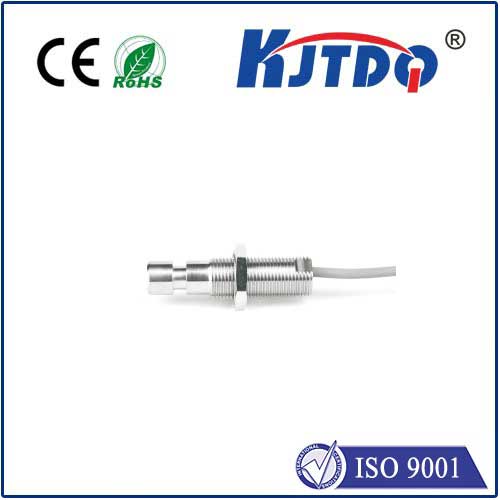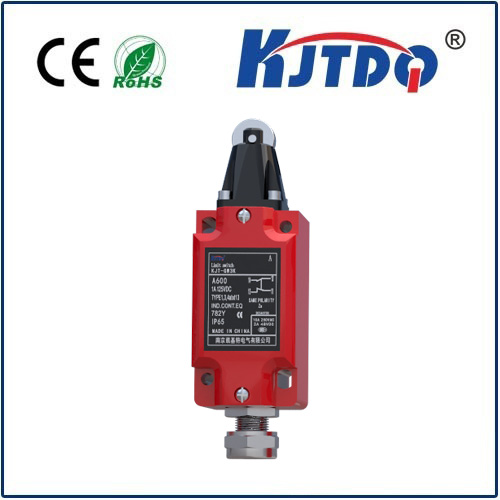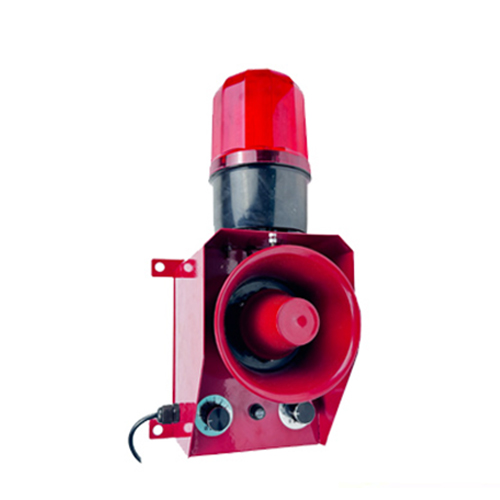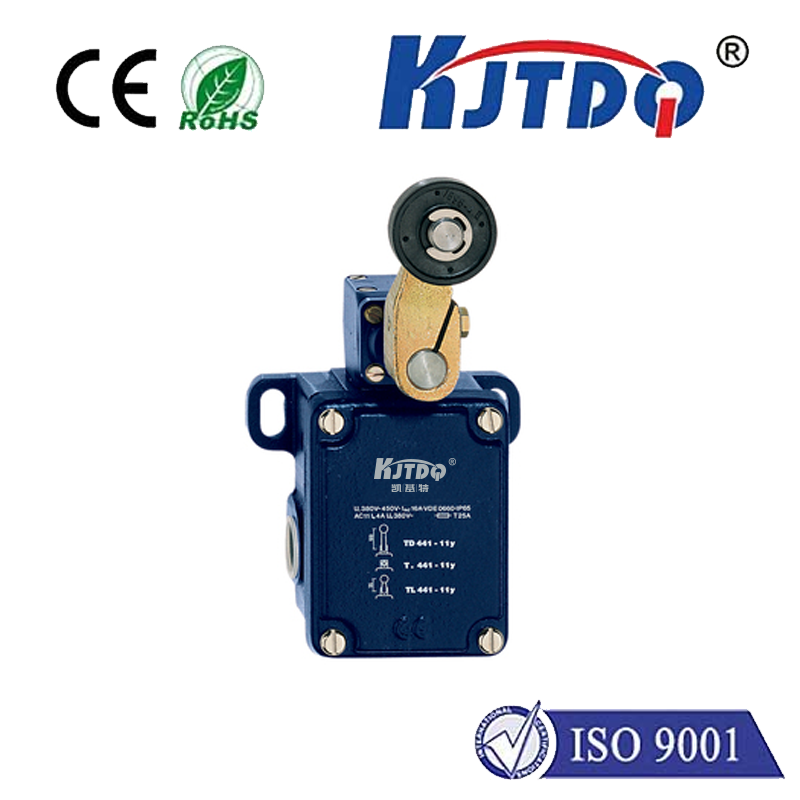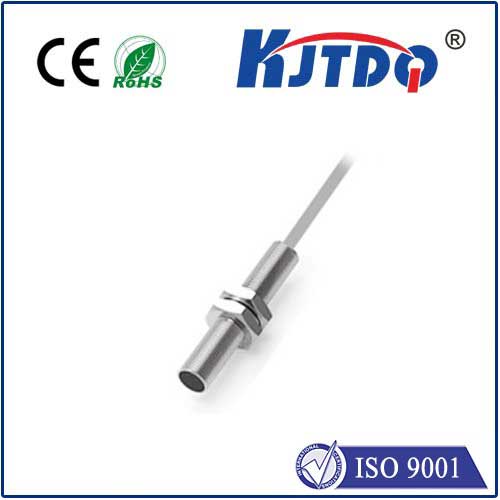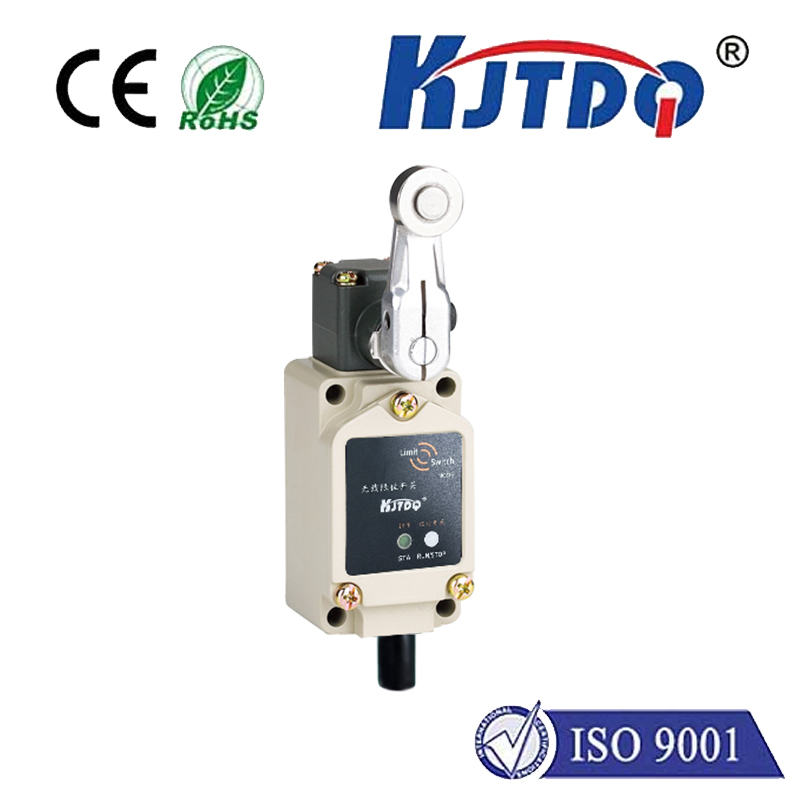

check

check

check

check
Imagine a typical shift in an oil refinery, grain silo, or chemical processing plant. Beneath the routine hum lies a constant, invisible threat: the potential for explosive gases, dust, or vapours to ignite. Standard electrical equipment, even a tiny spark from a sensor, could become the catalyst for disaster. This is where intrinsically safe proximity sensors step in – not just as components, but as critical, silent guardians ensuring personnel safety and operational continuity in the world’s most perilous environments. Understanding their role and technology is paramount for any operation venturing into hazardous areas.
At its core, intrinsically safe (IS) technology isn’t about building tougher equipment; it’s about fundamentally preventing ignition. It adheres to a golden safety principle: limit the electrical and thermal energy within the device and its connected wiring to levels incapable of igniting a specific hazardous atmosphere. Unlike explosion-proof enclosures that contain any blast, IS devices prevent ignition at the source. Proximity sensors designed this way become inherently safe, regardless of potential internal component failure or external factors like wiring damage (within the IS circuit parameters).
So, how do these specialized sensors achieve this vital safety level? The magic lies in sophisticated barrier circuits typically located in a safe area, often a control room. These barriers:

An intrinsically safe proximity sensor itself functions much like its standard industrial counterparts – detecting the presence or absence of metallic (inductive sensors) or non-metallic (capacitive sensors) objects without physical contact. They offer reliable position sensing, object detection, and part counting. However, every aspect of their design – component selection, internal spacing (‘creepage and clearance’ distances), encapsulation, and overall construction – is meticulously engineered to comply with rigorous intrinsic safety standards.
Their value proposition is clear and critical:
Crucially, an intrinsically safe proximity sensor is only as safe as its entire system. The safety relies on the Entity Concept, which requires approved matching between the sensor entity parameters (Vmax, Imax, Ci, Li) and the barrier or associated apparatus parameters (Voc, Isc, Ca, La). Selecting the correct barrier certified for the specific sensor and the hazardous area classification is non-negotiable. Third-party certification by bodies like UL, CSA, FM, TÜV, or Sira (for ATEX/IECEx) is absolutely mandatory. Look for clear markings on the sensor body indicating its certification (e.g., Ex ia IIC T4 Ga for ATEX) and the maximum allowable entity parameters.
When selecting intrinsically safe proximity sensors, key considerations include:
In the high-stakes world of hazardous locations, safety is not negotiable. Intrinsically safe proximity sensors represent a sophisticated engineering solution, providing robust and reliable object detection while inherently eliminating the risk of becoming an ignition source. They enable industries handling volatile materials to operate with greater confidence and efficiency. By meticulously controlling electrical energy at its source, these critical components form an invisible, yet indispensable, layer of protection, safeguarding lives, assets, and the continuity of vital industrial processes every single day. Choosing the right certified intrinsically safe sensor and system isn’t just best practice; it’s a fundamental responsibility.
